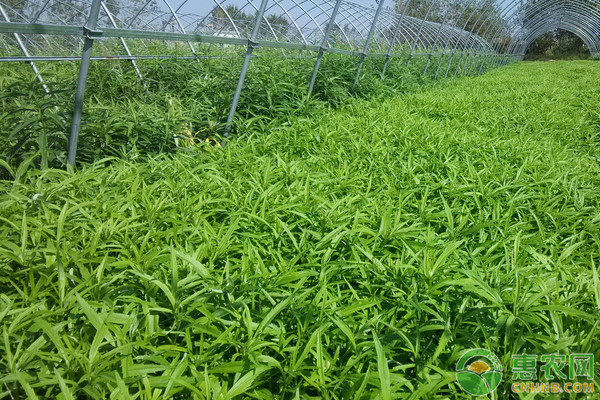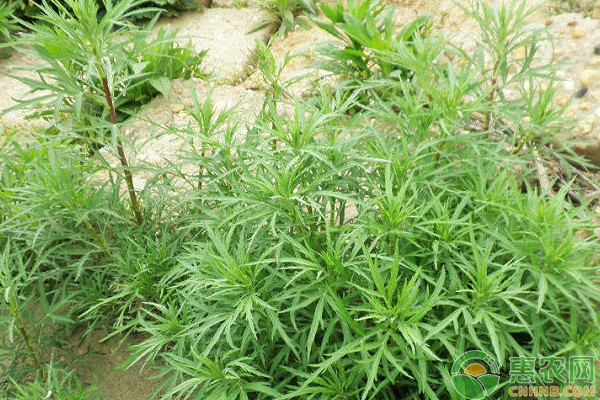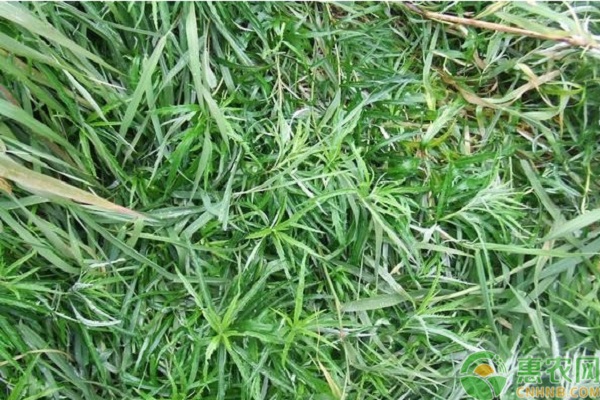Xiangxi No.1 is a new variety of Artemisia selengensis developed in Hubei Province. It is also a high-yield variety suitable for local cultivation in Hubei. The following is the sharing process and cultivation management points of Xiangyi No.1 to everyone! 1 Breeding process In the spring of 2011, a mutant strain of the natural population of Artemisia selengensis was selected from the Shenhu wetland and transplanted to the primary experimental field for expansion. In June 2011, the stalks that were lignified in the late growth stage of the mutants were cut into 10 pieces of 10 cm in length according to the "one leaf and one bud". The cuttings were selected into the primary selection 圃, and the wild sage and the sage of the sage were selected as the control in the Shenhu wetland. Four excellent individuals (1-1, 1-2, 1-4, 1-7, respectively) were produced. In September 2011, 4 primary plants were selected, and 38 strains were transplanted into the selection and identification. The wild plants of Artemisia scoparia and Yunnan Artemisia argyi in Shenhu Wetland were used as controls to eliminate the weak individual plants in the mutant lines. From December 2011 to the spring of 2012, taking the wild Artemisia selengensis and Yunnan Artemisia argyi varieties in the Shenhu wetland as a control, the excellent strains 1-1-8 were cut into 10 small sections according to the "one leaf and one bud", and they were selected into the selection and identification to the Shenhu wetland. The wild Artemisia selengensis and Yunnan Artemisia selengensis varieties were used as controls, and the elite plants were finally screened 1-1-8-6. In June 2012, the cuttings were expanded, and the comparison of the fruits of Yunnan Artemisia scoparia and Nanjing Artemisia scoparia was carried out. The 1-1-8-6 clones showed the same performance, and the comprehensive traits were excellent. A large number of remaining plants were tested in the area.藜一å·. 2 Characteristic characteristics Xiangxi No.1, with strong growth potential, palmate 3, 4 or 5 pieces of whole lobed leaves, green leaves, small leaves (13.1 cm × 6.8 cm); stems greenish, commercial stem length 27.8 cm, coarse 0.72 cm, The quality is 19.3 g; cutting planting can be harvested in 50 days in spring and autumn, and harvested in 55-60 days in winter and early spring; the flavor is fragrant, the taste is crisp and tender; the yield is high, the disease resistance is strong, and the resistance is strong. After multi-point and multi-season trials in Wuhan and other places in Hubei, the results showed that the yield reached 1 284.96kg/667m2, which was 24.86% and 11.82% higher than that of Nanjing Artemisia scoparia and Yunnan Artemisia scoparia respectively. It was 2 and 5 days earlier than Nanjing Artemisia scoparia and Yunnan Artemisia scoparia. Harvested; tested by the Bean (Vegetable) Plant Engineering Technology Research Center of Hubei Province, the vitamin C content of fresh wormwood was 5.9 mg/g, the soluble sugar content was 168.01 μg/g, and the protein content was 26.75 μg/g. 3 cultivation points 3.1 Import arrangements The variety is transplanted to harvest, 45 to 50 days in summer and autumn, 55 to 60 days in winter and spring, and 4 to 5 inches in the whole year. The first one: keep the seed in the field from the spring harvest, and take the stalks and cut them into 10 cm cuttings before and after July 15 and harvest them at the beginning of September in late August. After harvesting, the base should be 1~2 cm. . The second one: in early September, germination on the first sputum, leaving 1 to 2 cm of stem base at harvest. The third one: germination began in late October and harvested at the end of November. The fourth 茬: germination in early December, can be harvested from late January to mid-February. The fifth 茬: The ç”° 茬 在 在 在 在 茬 茬 茬 茬 茬 茬 茬 茬 茬 茬 茬 茬 茬 茬 茬 茬 茬 茬 茬 茬 茬Apply organic fertilizer once before each start. 3.2 Colonization Before planting, do a good job in land preparation. Apply enough base fertilizer, deep turn 25 cm, and then turn the ploughing once to open the ditch, the surface is flat, and the width can be determined according to the field, and the width of the ditch is 30-40 cm. Cutting and planting, row spacing 15 cm, plant spacing 10 cm, 11000 ~ 12000 plants / 667m2, pouring enough root water. 3.3 Water and fertilizer management Applying the base fertilizer before the preparation of the ground, 667m2 organic compound fertilizer 100 kg or farm organic fertilizer 2 000 kg, enzyme bio-organic fertilizer 50 kg; after planting germination, topdressing nitrogen fertilizer once, watering; stem length to 15-20 cm watering Apply foliar fertilizer once. 3.4 Pest Control Spring, summer and autumn, high temperature, mainly to control pests, spraying vinegar and hanging insect-proof board to control aphids and whiteflies; winter to prevent downy mildew, gray mold, pay attention to ventilation and drainage, proper thinning . 3.5 Harvest The stem is 20 to 30 cm long, and the stem is harvested when no lignification occurs. Summer and autumn hot season, according to the market price can be divided into 2 batches or 1 batch of harvest; winter and spring cold season, can extend the harvest period, multiple harvest. The above is the entire content of the new variety of Artemisia sinensis, Xiangxi No.1. If you are interested in this variety, you can consider it according to your actual situation! Nutritional Supplements,Gummies Nutritional Supplement,Sports Nutrition Supplement,Health Care Nutrition Supplements Allied Extracts Solutions , https://www.alliedadditives.com

